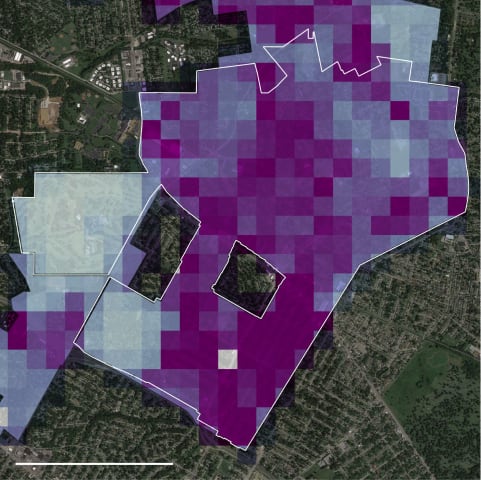Description: Buenos Aires city government uses a facial recognition system that has led to numerous false arrests.
Entités
Voir toutes les entitésPrésumé : un système d'IA développé par unknown et mis en œuvre par Buenos Aires city government, endommagé Buenos Aires children.
Statistiques d'incidents
ID
76
Nombre de rapports
1
Date de l'incident
2020-10-09
Editeurs
Sean McGregor, Khoa Lam
Applied Taxonomies
Classifications de taxonomie CSETv0
Détails de la taxonomieProblem Nature
Indicates which, if any, of the following types of AI failure describe the incident: "Specification," i.e. the system's behavior did not align with the true intentions of its designer, operator, etc; "Robustness," i.e. the system operated unsafely because of features or changes in its environment, or in the inputs the system received; "Assurance," i.e. the system could not be adequately monitored or controlled during operation.
Specification, Robustness
Physical System
Where relevant, indicates whether the AI system(s) was embedded into or tightly associated with specific types of hardware.
Software only, Other:CCTV Cameras
Level of Autonomy
The degree to which the AI system(s) functions independently from human intervention. "High" means there is no human involved in the system action execution; "Medium" means the system generates a decision and a human oversees the resulting action; "low" means the system generates decision-support output and a human makes a decision and executes an action.
Medium
Nature of End User
"Expert" if users with special training or technical expertise were the ones meant to benefit from the AI system(s)’ operation; "Amateur" if the AI systems were primarily meant to benefit the general public or untrained users.
Amateur
Public Sector Deployment
"Yes" if the AI system(s) involved in the accident were being used by the public sector or for the administration of public goods (for example, public transportation). "No" if the system(s) were being used in the private sector or for commercial purposes (for example, a ride-sharing company), on the other.
Yes
Data Inputs
A brief description of the data that the AI system(s) used or were trained on.
photo IDs, names birthdays, and national IDs of people suspected of crimes, camera feed
Classifications de taxonomie CSETv1
Détails de la taxonomieIncident Number
The number of the incident in the AI Incident Database.
76
Classifications de taxonomie CSETv1_Annotator-1
Détails de la taxonomieIncident Number
The number of the incident in the AI Incident Database.
76
Classifications de taxonomie CSETv1_Annotator-3
Détails de la taxonomieIncident Number
The number of the incident in the AI Incident Database.
76
Rapports d'incidents
Chronologie du rapport
technologyreview.com · 2020
- Afficher le rapport d'origine à sa source
- Voir le rapport sur l'Archive d'Internet
Dans une base de données nationale en Argentine, des dizaines de milliers d'entrées détaillent les noms, les anniversaires et les cartes d'identité nationales des personnes soupçonnées de crimes. La base de données, connue sous le nom de Co…
Variantes
Une "Variante" est un incident qui partage les mêmes facteurs de causalité, produit des dommages similaires et implique les mêmes systèmes intelligents qu'un incident d'IA connu. Plutôt que d'indexer les variantes comme des incidents entièrement distincts, nous listons les variations d'incidents sous le premier incident similaire soumis à la base de données. Contrairement aux autres types de soumission à la base de données des incidents, les variantes ne sont pas tenues d'avoir des rapports en preuve externes à la base de données des incidents. En savoir plus sur le document de recherche.
Incidents similaires
Did our AI mess up? Flag the unrelated incidents

Policing the Future
· 17 rapports

Machine Bias - ProPublica
· 15 rapports
Incidents similaires
Did our AI mess up? Flag the unrelated incidents

Policing the Future
· 17 rapports

Machine Bias - ProPublica
· 15 rapports


